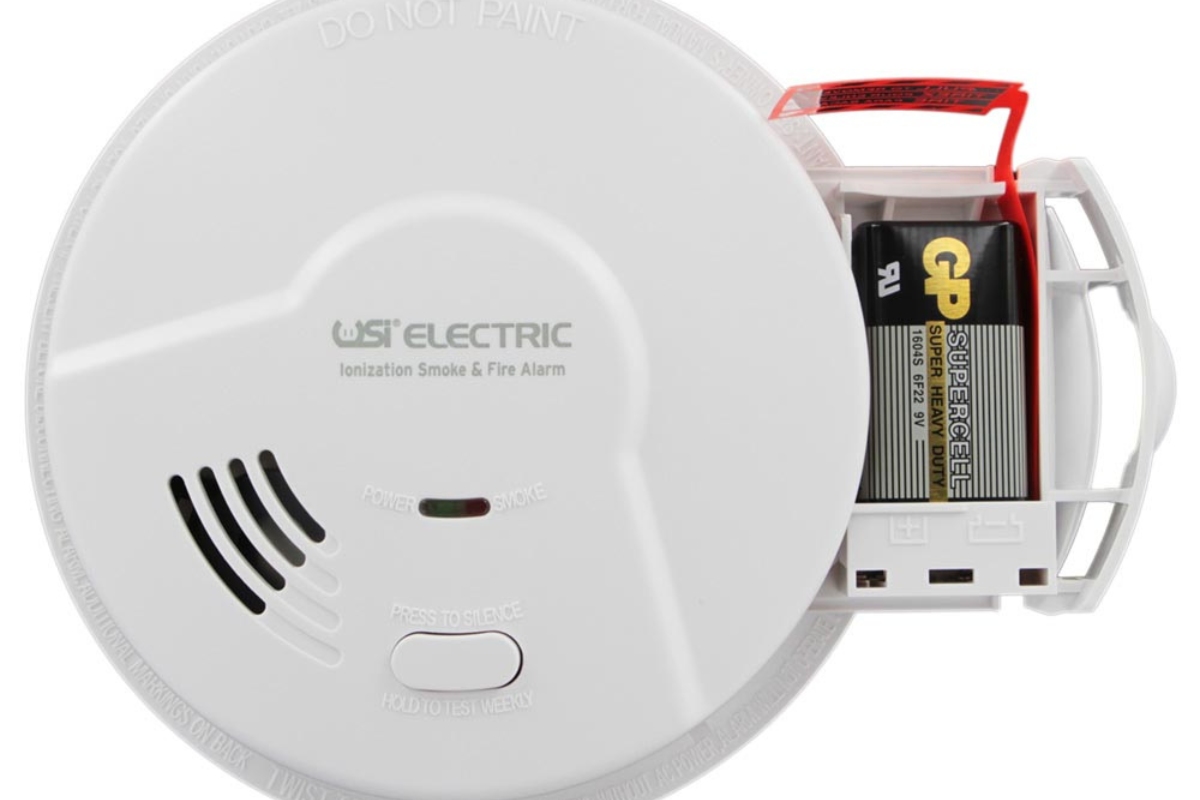

Articles
What Is An Ionization Smoke Detector?
Modified: August 17, 2024
Learn everything you need to know about ionization smoke detectors in our informative articles. Find out how they work and why they are an essential safety device.
(Many of the links in this article redirect to a specific reviewed product. Your purchase of these products through affiliate links helps to generate commission for Storables.com, at no extra cost. Learn more)
Introduction
Smoke detectors are essential safety devices that help protect lives and property by detecting the presence of smoke particles in the air. When it comes to choosing a smoke detector for your home or office, it’s important to understand the different types available and how they work. One type of smoke detector that you may come across is the ionization smoke detector.
Ionization smoke detectors are commonly used and offer reliable early detection of fast-flaming fires. They use a small amount of americium-241, a radioactive isotope, to detect smoke particles in the air. When smoke enters the ionization chamber, it disrupts the flow of ions, triggering the alarm. In this article, we’ll explore the inner workings of ionization smoke detectors, their advantages and limitations, and how they compare to other types of smoke detectors.
Before we delve into the specifics of ionization smoke detectors, it’s important to note that having a working smoke detector in your home is crucial for your safety. According to the National Fire Protection Association (NFPA), around three out of five fire-related deaths in the US occur in homes without working smoke detectors. Therefore, understanding how different smoke detectors function can help you make an informed decision and protect your loved ones and property from the devastating effects of fire.
Key Takeaways:
- Ionization smoke detectors excel at detecting fast-flaming fires, making them cost-effective and easy to install. However, they may be less effective in detecting slow-smoldering fires and can be prone to false alarms.
- To maximize fire detection capabilities, consider using a combination of ionization smoke detectors with photoelectric smoke detectors or dual-sensor smoke detectors. Proper placement, regular maintenance, and a well-practiced fire escape plan are essential for optimal fire safety.
Read more: What Is A Photoelectric Smoke Detector?
How Ionization Smoke Detectors Work
Ionization smoke detectors operate based on the principle of ionization, which is the process of adding or removing electrons from atoms or molecules, resulting in the formation of ions. These detectors consist of a small ionization chamber that contains two electrically charged plates, called electrodes, and a small amount of radioactive material.
The radioactive material used in ionization smoke detectors is typically americium-241, which emits alpha particles. Alpha particles are a type of ionizing radiation that can ionize the surrounding air molecules.
When there is no smoke present, the alpha particles emitted by the americium-241 collide with air molecules, creating a stream of positively and negatively charged ions. The positively charged ions are attracted to the negatively charged electrode, while the negatively charged ions are attracted to the positively charged electrode. This continuous flow of ions establishes a small electrical current between the electrodes, which is monitored by the smoke detector’s circuit.
However, when smoke enters the ionization chamber, it interrupts the flow of ions. Smoke particles are composed of various compounds, including carbon and other organic materials, which can absorb or neutralize the ions in the chamber. This disruption in ion flow causes a decrease in the electrical current. The smoke detector’s circuit detects this change and triggers the alarm.
It’s important to note that ionization smoke detectors are particularly effective at detecting fast-flaming fires, which typically produce smaller smoke particles and may not generate as much heat as slower, smoldering fires. These types of fires often occur when flammable liquids, paper, or wood ignite, leading to rapid fire spread.
While ionization smoke detectors are highly efficient in detecting fast-flaming fires, they may not be as effective in detecting slow-smoldering fires, which tend to produce larger smoke particles and more noticeable amounts of heat. For optimal protection, it is recommended to use a combination of ionization and photoelectric smoke detectors or a dual-sensor smoke detector that incorporates both technologies.
Components of an Ionization Smoke Detector
Ionization smoke detectors consist of several key components that work together to detect the presence of smoke and trigger the alarm. Understanding these components can help you gain a better grasp of how the device functions and how to properly maintain it.
1. Ionization Chamber: This chamber is the heart of the smoke detector. It contains the radioactive material, usually americium-241, that emits alpha particles. When smoke particles enter the chamber, they disrupt the flow of ions, triggering the alarm.
2. Electrically Charged Electrodes: The ionization chamber contains two electrically charged plates or electrodes. One plate is positively charged, while the other is negatively charged. The ions created by the alpha particles are attracted to these electrodes, creating an electrical current.
3. Radioactive Material: The radioactive material used in ionization smoke detectors, such as americium-241, emits alpha particles. These particles ionize the surrounding air, creating a continuous flow of ions that is monitored by the smoke detector’s circuit.
4. Alarm: When smoke disrupts the flow of ions in the ionization chamber, the smoke detector’s circuit senses the change in the electrical current and activates the alarm. The alarm may sound as a loud audible beep, a flashing light, or a combination of both.
5. Power Source: Ionization smoke detectors are typically powered by batteries. It is crucial to regularly check and replace the batteries to ensure the device functions properly. Some ionization smoke detectors may also have the option for hardwired installation, connecting to the building’s electrical system.
6. Test Button: Most ionization smoke detectors are equipped with a test button that allows users to check if the device is functioning correctly. It is important to perform regular tests to ensure that the smoke detector is operational.
7. Mounting Bracket: The mounting bracket is used to securely attach the smoke detector to the ceiling or wall. It provides stability and ensures proper alignment for optimal smoke detection.
It is essential to understand the components of an ionization smoke detector to properly maintain and ensure its functionality. Regularly cleaning the smoke detector and performing routine battery checks are important steps to keep the device in working order and effectively protect your home or office from potential fire hazards.
Advantages of Ionization Smoke Detectors
Ionization smoke detectors offer several advantages that make them a popular choice for residential and commercial applications. Understanding these advantages can help you determine if an ionization smoke detector is the right choice for your specific needs.
1. Early Detection of Fast-Flaming Fires: Ionization smoke detectors excel at detecting fast-flaming fires, which are fires that spread quickly and produce smaller smoke particles. These fires often occur when combustible materials such as paper, wood, or flammable liquids ignite. Ionization smoke detectors can detect the presence of smoke from these fires at an early stage, providing early warning to occupants and allowing them to take prompt action.
2. Cost-Effective: Ionization smoke detectors are typically more affordable compared to other types of smoke detectors, making them an economical choice for homeowners and businesses. This cost advantage makes it easier to equip multiple areas of a property with smoke detectors, increasing overall safety measures.
3. Easy Installation: Ionization smoke detectors are relatively easy to install, as they often come with mounting brackets and do not require complex wiring. This makes them suitable for both do-it-yourself (DIY) installations and professional setups.
4. Sensitivity to Rapid Temperature Rise: In addition to detecting smoke, ionization smoke detectors are also sensitive to rapid temperature rises. This feature can be beneficial in situations where a fire generates a significant amount of heat quickly, providing an additional layer of safety.
5. Availability: Ionization smoke detectors are widely available and can be found in most stores that sell fire safety equipment. This accessibility makes it easy to acquire and replace these devices when needed.
While ionization smoke detectors offer several advantages, it’s important to note that they have limitations as well. For comprehensive fire protection, it is recommended to use ionization smoke detectors in conjunction with other types of smoke detectors, such as photoelectric smoke detectors or dual-sensor smoke detectors that combine both technologies. This combination ensures better coverage and detection of various types of fires, providing enhanced safety for occupants.
When installing an ionization smoke detector, make sure to place it away from any vents or drafts that could interfere with its ability to detect smoke particles. Additionally, regularly test the detector and replace the batteries as needed to ensure it is functioning properly.
Limitations of Ionization Smoke Detectors
While ionization smoke detectors offer advantages in detecting fast-flaming fires, they also have some limitations that should be considered when choosing the right smoke detector for your home or office.
1. Less Effective at Detecting Smoldering Fires: Ionization smoke detectors are less sensitive to slow-smoldering fires, which are characterized by larger smoke particles and more noticeable heat buildup. These types of fires typically occur when materials such as upholstery, mattresses, or electrical wiring smolder and produce significant amounts of smoke. Therefore, ionization smoke detectors may not provide optimal early detection in these situations.
2. False Alarms: Ionization smoke detectors are more prone to false alarms compared to other types of smoke detectors, especially when exposed to steam, cooking smoke, or high humidity. The sensitivity of ionization smoke detectors to smaller particles can lead to false activations, causing inconvenience and potentially leading to the deactivation of the smoke detector.
3. Radioactive Material: Ionization smoke detectors utilize a small amount of radioactive material, typically americium-241, to function. Although the amount of radioactive material is minuscule and poses no health risks when properly contained within the smoke detector, some individuals may have concerns about its presence in their living spaces.
4. Lack of Response to Non-Smoke Hazards: Ionization smoke detectors are designed specifically to detect smoke particles in the air. They do not respond to other hazards such as carbon monoxide, natural gas leaks, or heat sources. It is important to have separate detectors for these potential risks to ensure comprehensive safety coverage.
5. Need for Regular Maintenance: Like any other smoke detector, ionization smoke detectors require regular maintenance, including battery checks and replacements, and periodic cleaning. Failure to perform these maintenance tasks can lead to reduced effectiveness or malfunctioning of the smoke detector.
Considering the limitations of ionization smoke detectors, it is recommended to use a combination of smoke detectors throughout a property. By incorporating different types of smoke detectors, such as photoelectric smoke detectors or dual-sensor smoke detectors, you can achieve a more comprehensive and reliable fire detection system, providing better protection for your home or office.
Read more: What Is A Hardwired Smoke Detector?
Comparison with Other Types of Smoke Detectors
When it comes to choosing the right smoke detector for your home or office, it’s important to understand the differences between ionization smoke detectors and other types of smoke detectors. Here’s a comparison of ionization smoke detectors with photoelectric smoke detectors and dual-sensor smoke detectors:
1. Ionization Smoke Detectors: Ionization smoke detectors are effective at detecting fast-flaming fires, thanks to their sensitivity to smaller smoke particles. They are generally more affordable and easy to install. However, ionization smoke detectors have limitations when it comes to detecting smoldering fires, and they may be more prone to false alarms. It’s recommended to use them in conjunction with other smoke detectors for comprehensive coverage.
2. Photoelectric Smoke Detectors: Photoelectric smoke detectors are particularly effective at detecting slow-smoldering fires, which produce larger smoke particles and noticeable heat. They work by using a light source and a photosensitive sensor to detect smoke particles that scatter the light beam. Photoelectric smoke detectors are less prone to false alarms from cooking smoke or steam, but they may not respond as quickly to fast-flaming fires.
3. Dual-Sensor Smoke Detectors: Dual-sensor smoke detectors combine the advantages of both ionization and photoelectric technologies. They incorporate both types of sensors, allowing them to detect both fast-flaming and slow-smoldering fires. Dual-sensor smoke detectors provide comprehensive protection by offering a balanced approach to fire detection. They are less likely to give false alarms and are recommended for optimal safety.
While each type of smoke detector has its strengths and weaknesses, the National Fire Protection Association (NFPA) recommends using a combination of both ionization and photoelectric smoke detectors, or dual-sensor smoke detectors, for maximum fire detection capabilities. This approach ensures early detection of various types of fires, providing greater safety for occupants.
It’s important to note that regardless of the type of smoke detector you choose, regular maintenance is crucial. This includes testing your smoke detectors regularly, replacing batteries as needed, and keeping them free from dust and debris. By following these maintenance practices, you can ensure that your smoke detectors remain in optimal working condition and provide reliable fire detection in case of emergencies.
Proper Placement and Maintenance of Ionization Smoke Detectors
Installing ionization smoke detectors in the correct locations and performing regular maintenance are critical for ensuring their effectiveness in detecting smoke and providing early warning in the event of a fire. Here are some guidelines for proper placement and maintenance of ionization smoke detectors:
1. Placement:
- Install ionization smoke detectors on each level of your home, including the basement and attic, as well as inside and outside sleeping areas.
- Place smoke detectors near bedrooms and living areas where they can quickly alert occupants in case of a fire.
- Install smoke detectors on the ceiling, as close to the center of the room as possible. If ceiling placement is not feasible, mount them high on a wall, at least 4-12 inches below the ceiling.
- Avoid installing smoke detectors near air vents, windows, or doors, as drafts can interfere with their effectiveness.
2. Maintenance:
- Test your ionization smoke detectors monthly by pressing the test button. Ensure that the alarm sounds and that it is loud enough to wake sleeping occupants.
- Replace batteries at least once a year, or as soon as the low-battery warning chirps are heard.
- Clean your smoke detectors regularly to remove dust and debris that may hinder their performance. Use a vacuum cleaner with a brush attachment or a soft cloth to gently clean the exterior and vents.
- Check the manufacture date of your ionization smoke detectors. According to the NFPA, smoke detectors should be replaced every 10 years to ensure optimal performance.
- Consider interconnected smoke detectors to provide synchronized alarms throughout your home. When one smoke detector detects smoke, all interconnected detectors will sound the alarm, providing early warning from any location.
In addition to proper placement and regular maintenance, it is essential to develop and practice a home fire escape plan. Educate all members of your household on the sound of the smoke alarm and the actions to take in case of an emergency. Conduct fire drills regularly to familiarize everyone with the escape routes and ensure a safe and swift evacuation.
By following these guidelines for placement, maintenance, and preparedness, you can maximize the effectiveness of your ionization smoke detectors and provide a safer environment for your home or office.
Conclusion
Smoke detectors are vital safety devices that provide early detection of potential fires, allowing occupants to take immediate action and evacuate safely. Ionization smoke detectors, with their ability to detect fast-flaming fires, play an important role in fire safety. However, it’s important to understand their advantages and limitations, and to complement them with other types of smoke detectors for comprehensive coverage.
During the installation process, proper placement of ionization smoke detectors is crucial. They should be strategically positioned on each level of your home, near sleeping areas, and away from air vents or windows that may interfere with their effectiveness. Regular maintenance, such as monthly testing, battery replacement, and cleanliness, is essential to ensure optimal performance.
While ionization smoke detectors are cost-effective and provide early detection of fast-flaming fires, they may not be as effective in detecting slow-smoldering fires and can be prone to false alarms. Therefore, using a combination of ionization smoke detectors with photoelectric smoke detectors or dual-sensor smoke detectors is recommended to enhance fire detection capabilities.
Remember, the safety of your loved ones and property should always be a top priority. By understanding the functionality and limitations of different types of smoke detectors, properly placing and maintaining them, and having a well-practiced fire escape plan, you can significantly reduce the risks associated with fire incidents.
Stay proactive, stay vigilant, and ensure that your smoke detectors are in optimal condition. By doing so, you are taking an important step towards protecting yourself and your loved ones from the potentially devastating effects of fire.
Frequently Asked Questions about What Is An Ionization Smoke Detector?
Was this page helpful?
At Storables.com, we guarantee accurate and reliable information. Our content, validated by Expert Board Contributors, is crafted following stringent Editorial Policies. We're committed to providing you with well-researched, expert-backed insights for all your informational needs.
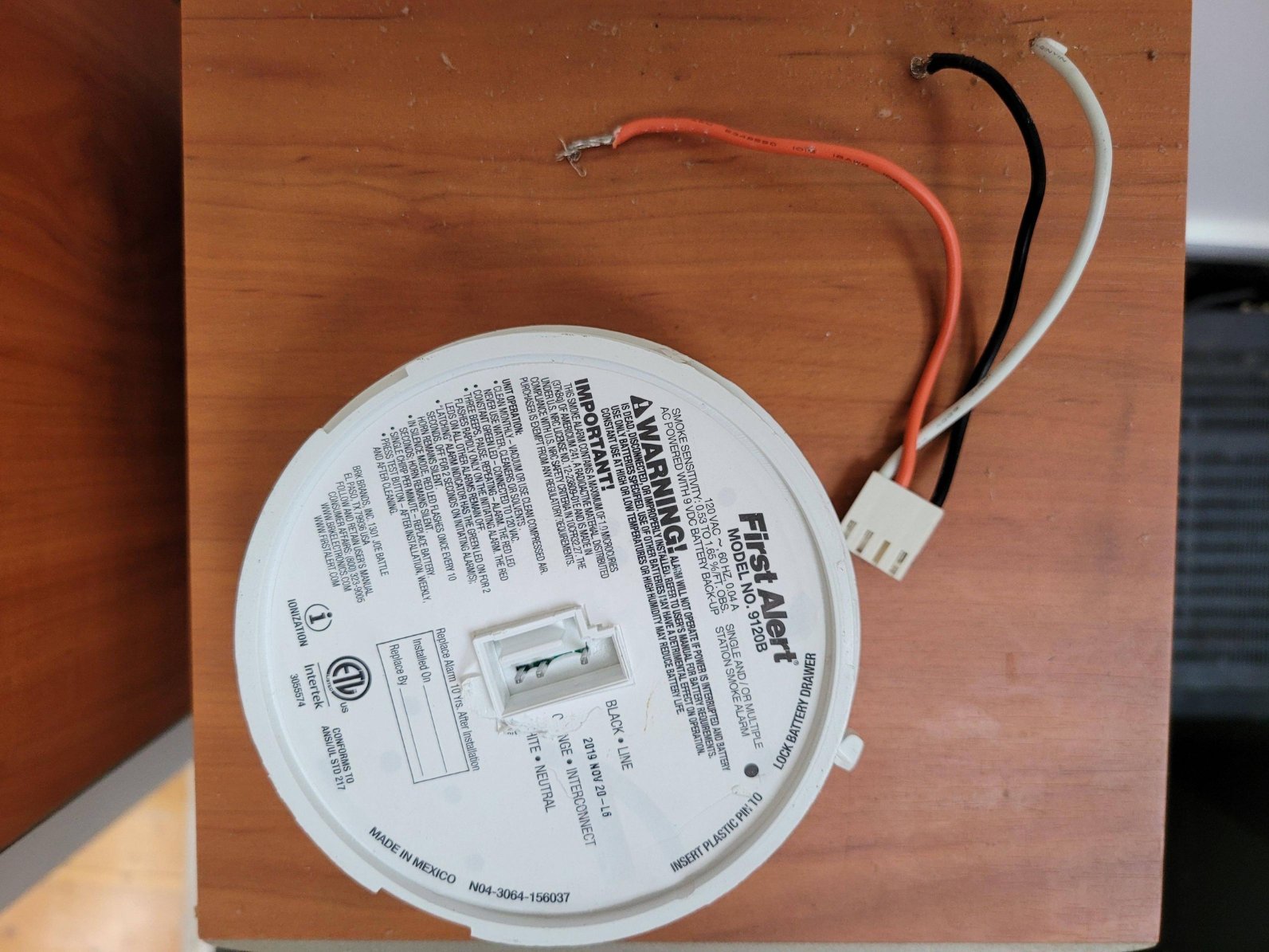
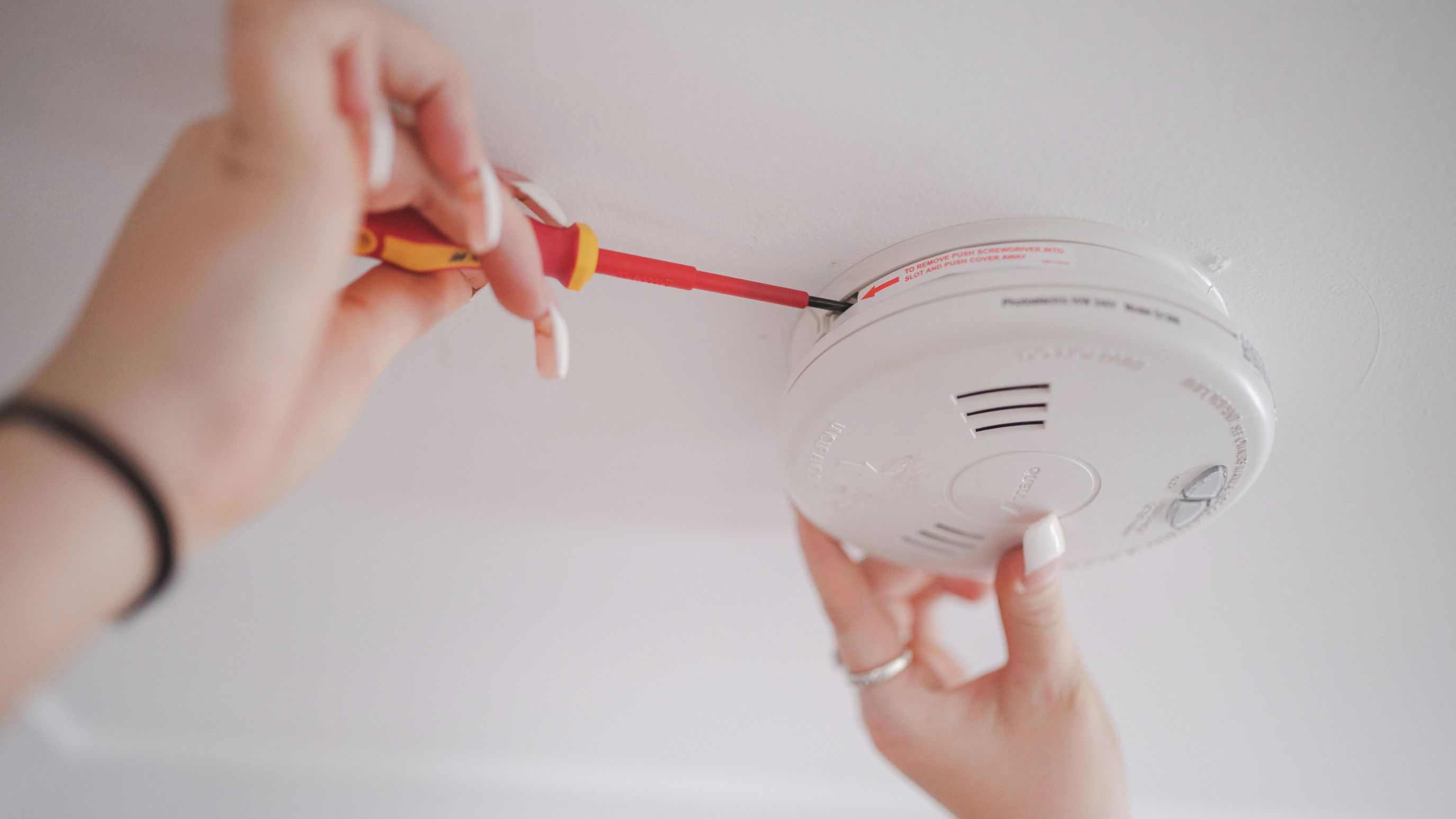
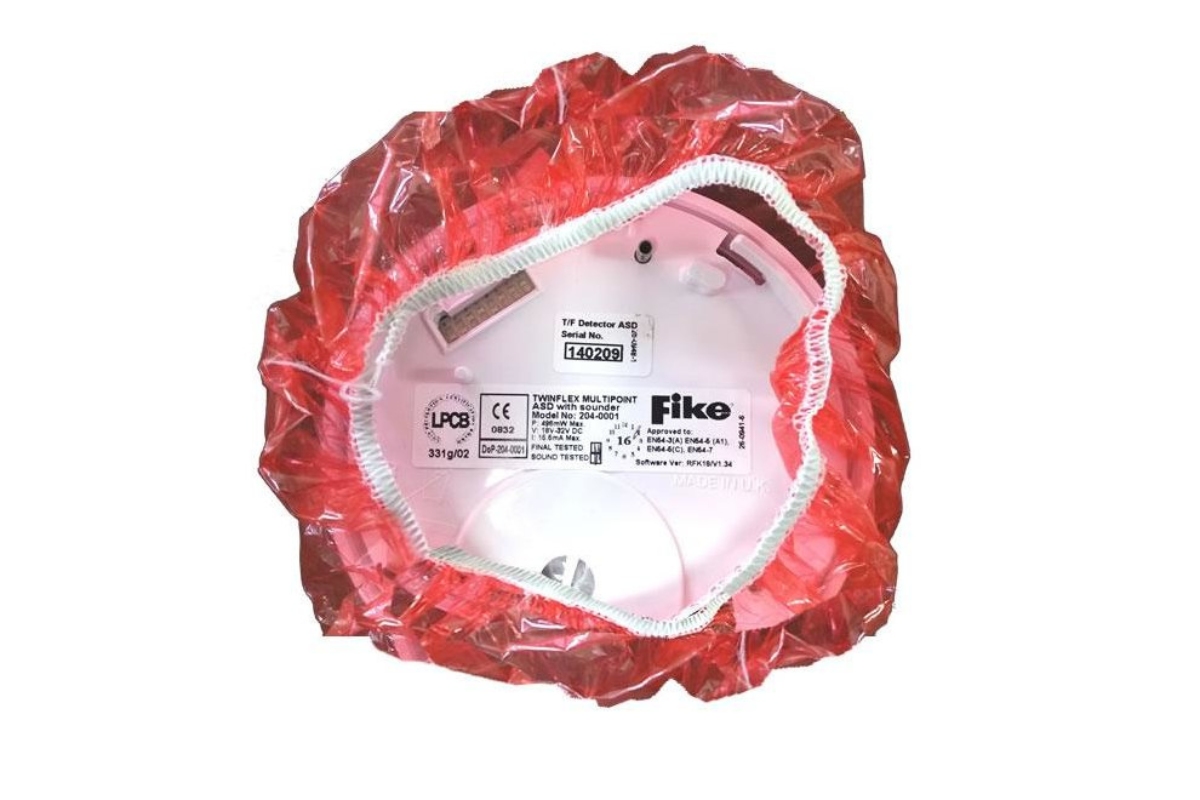
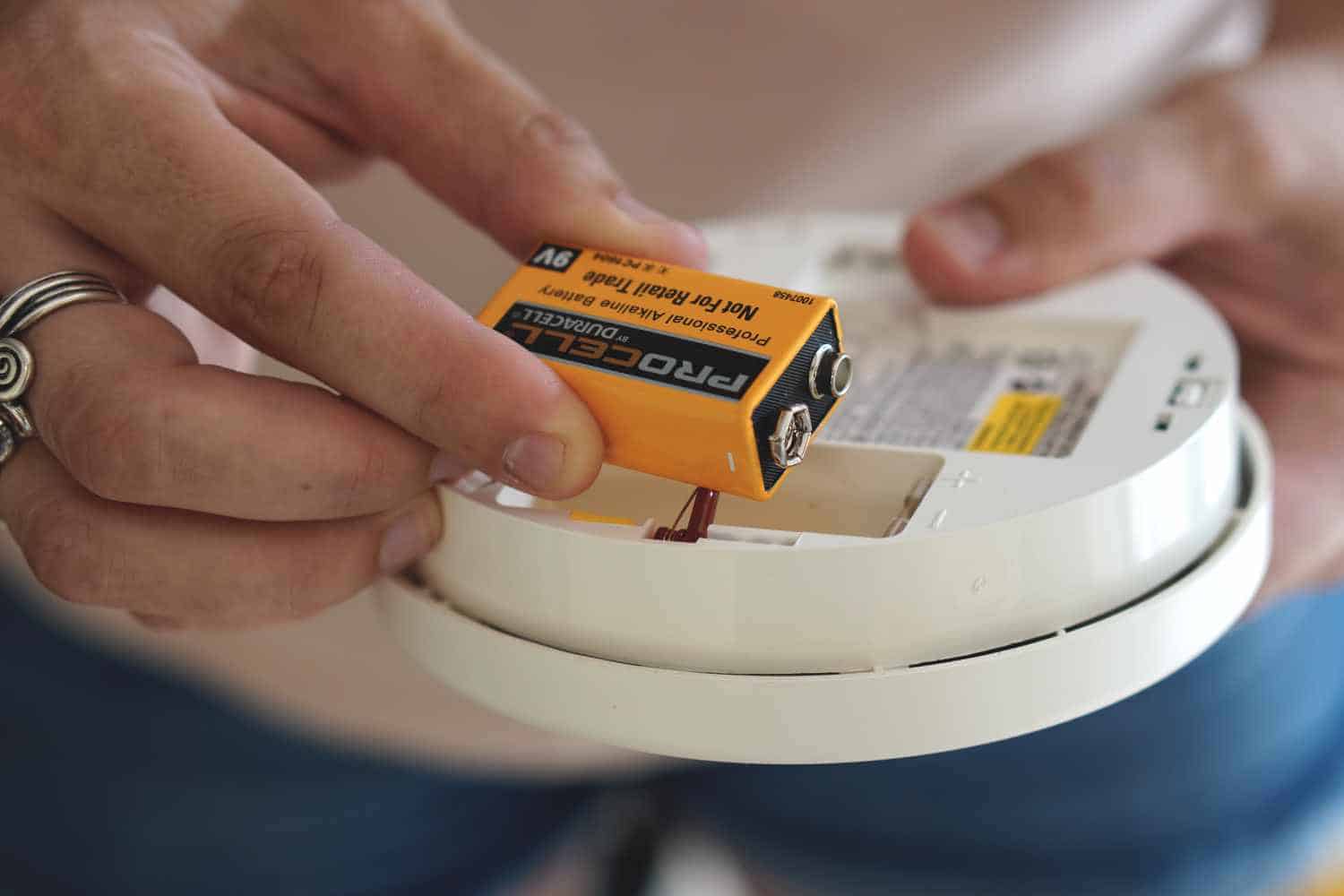
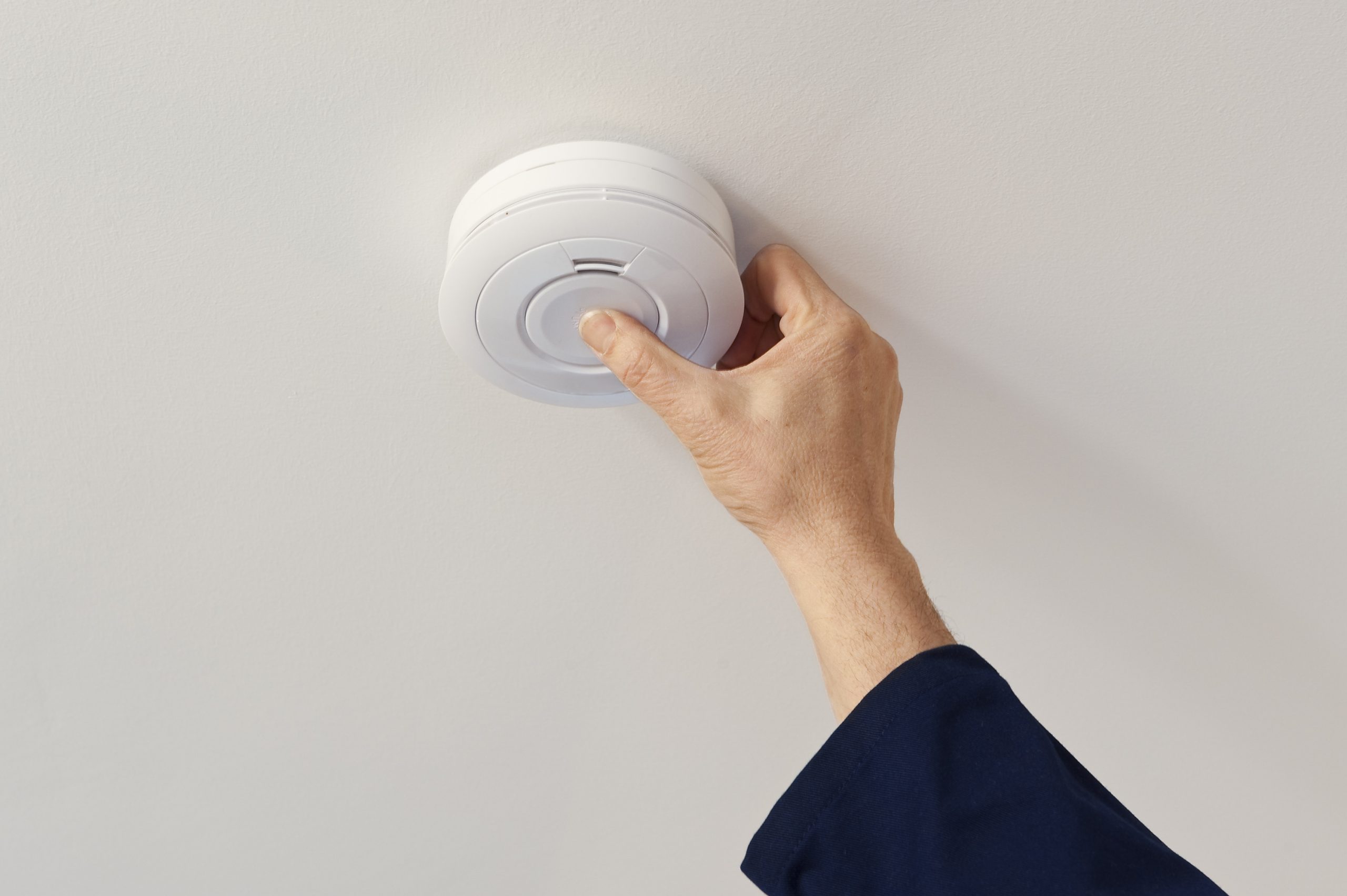
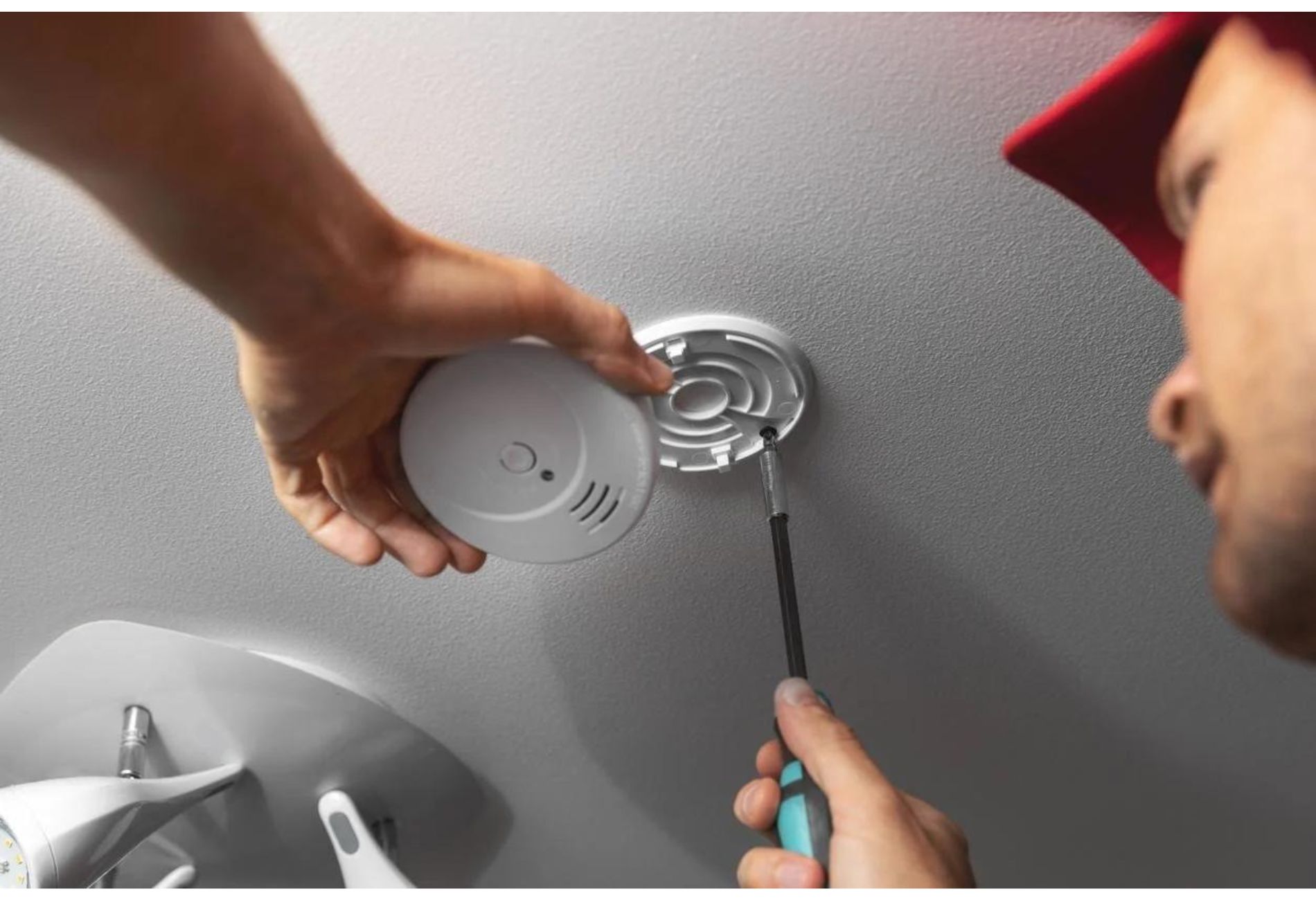
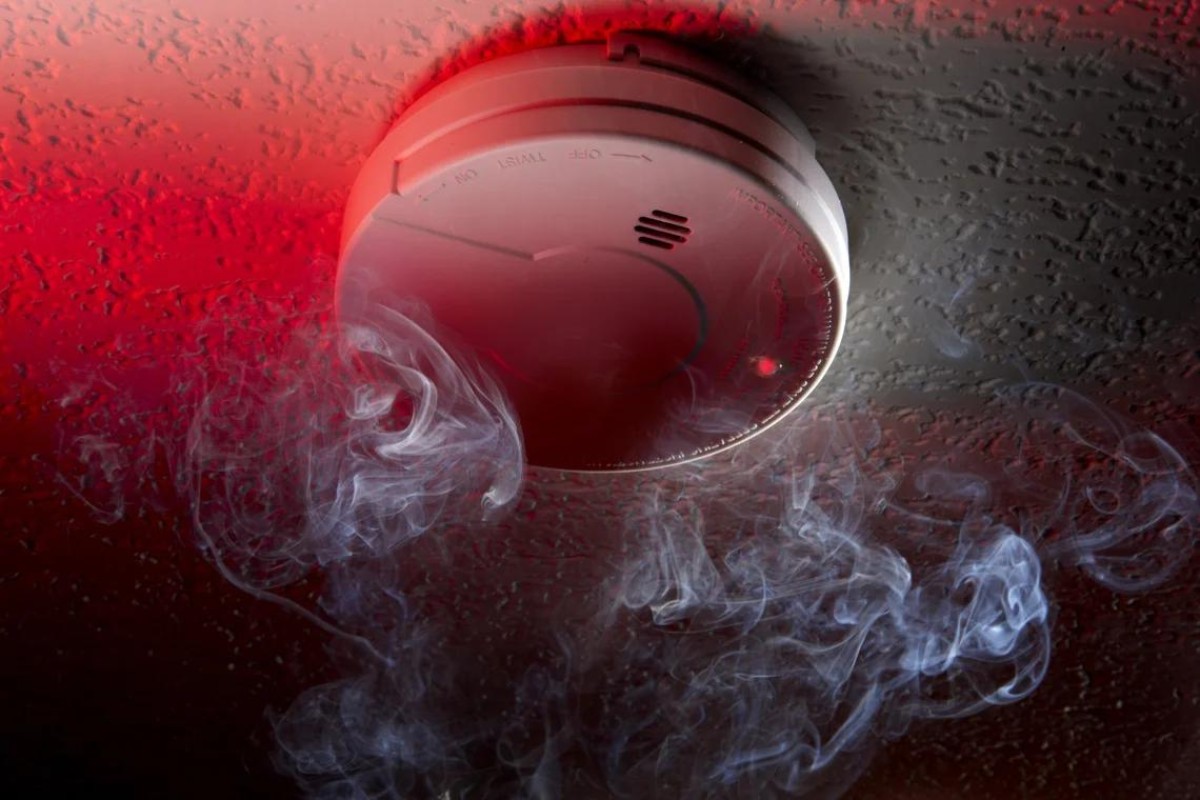
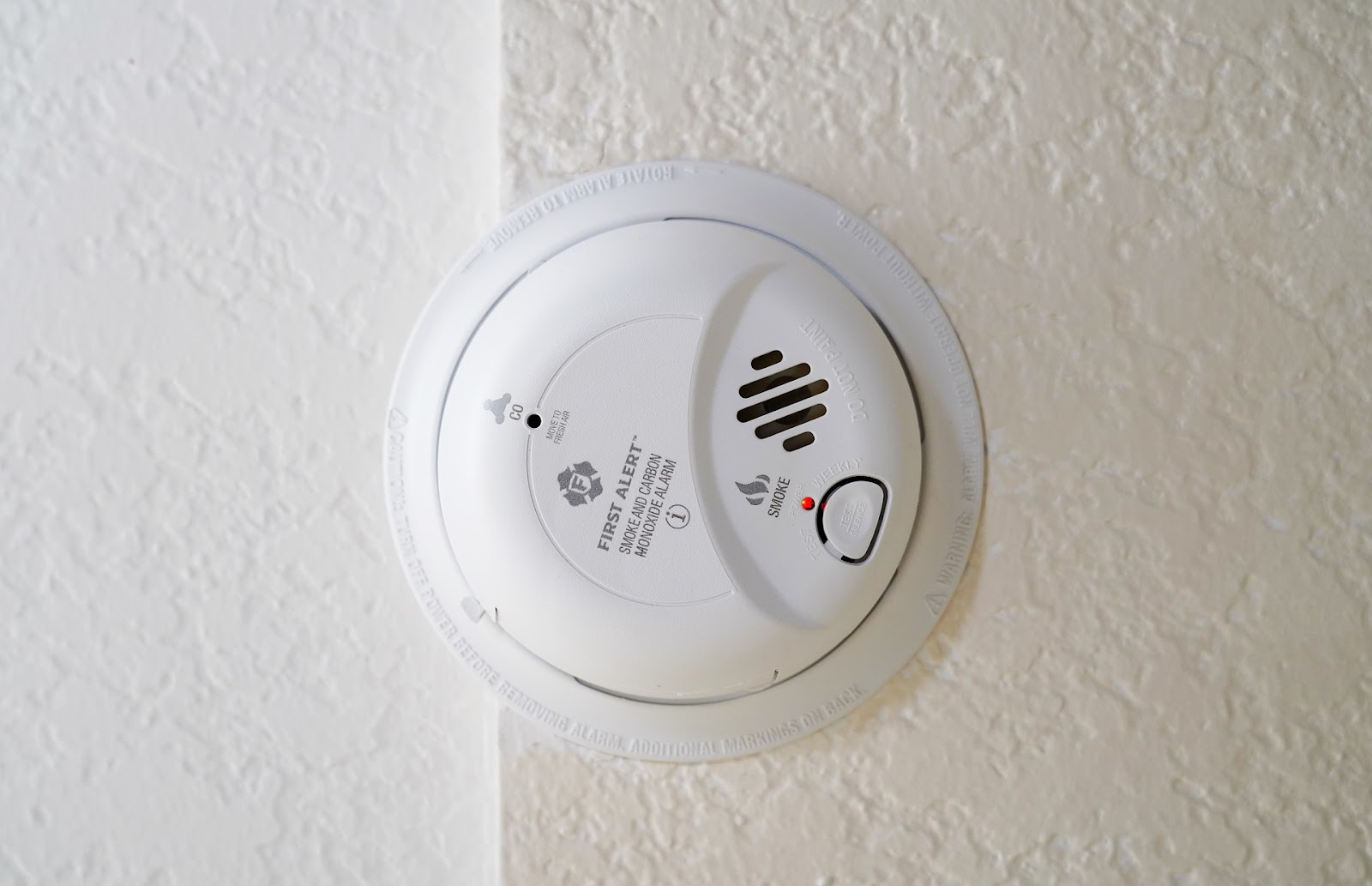
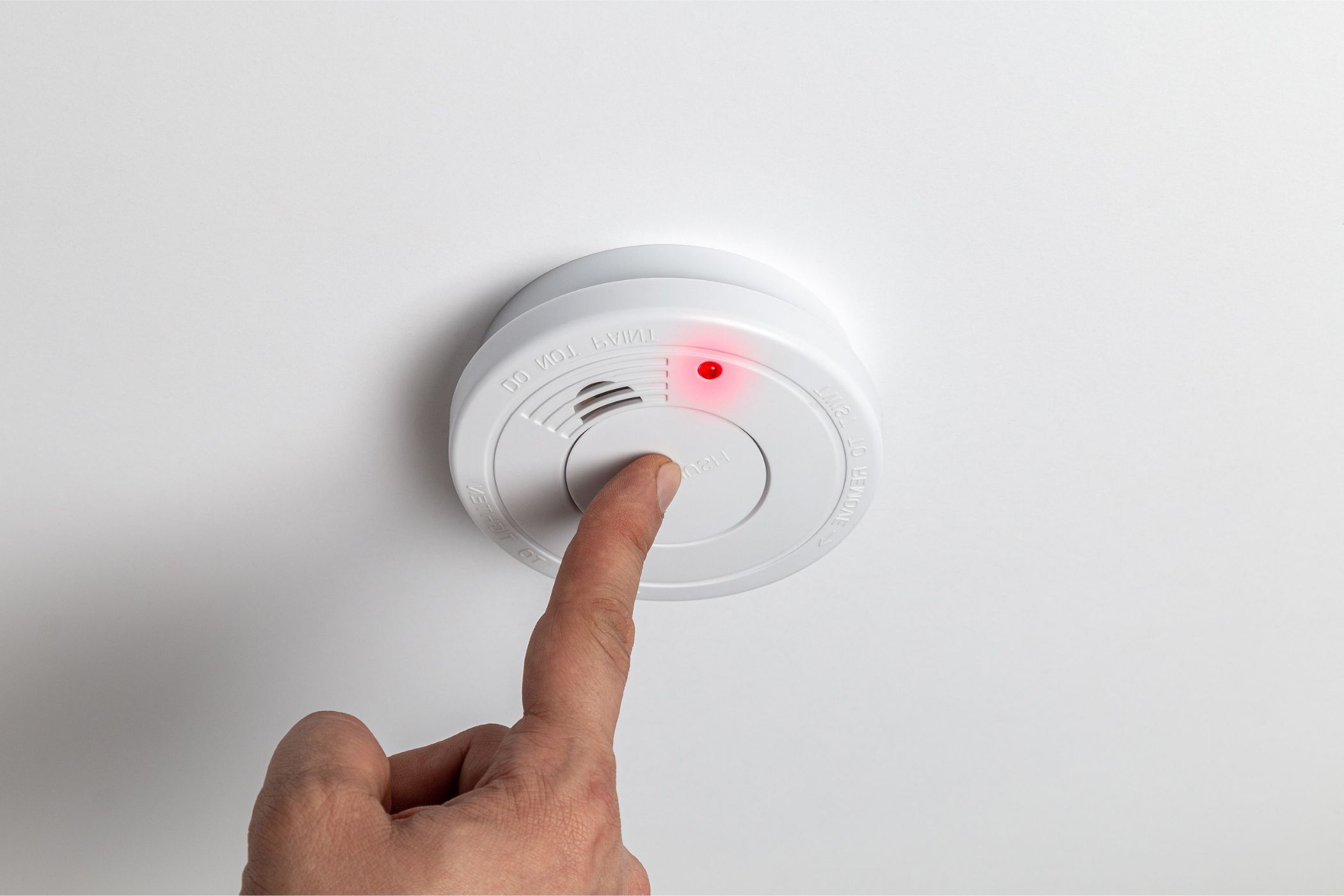
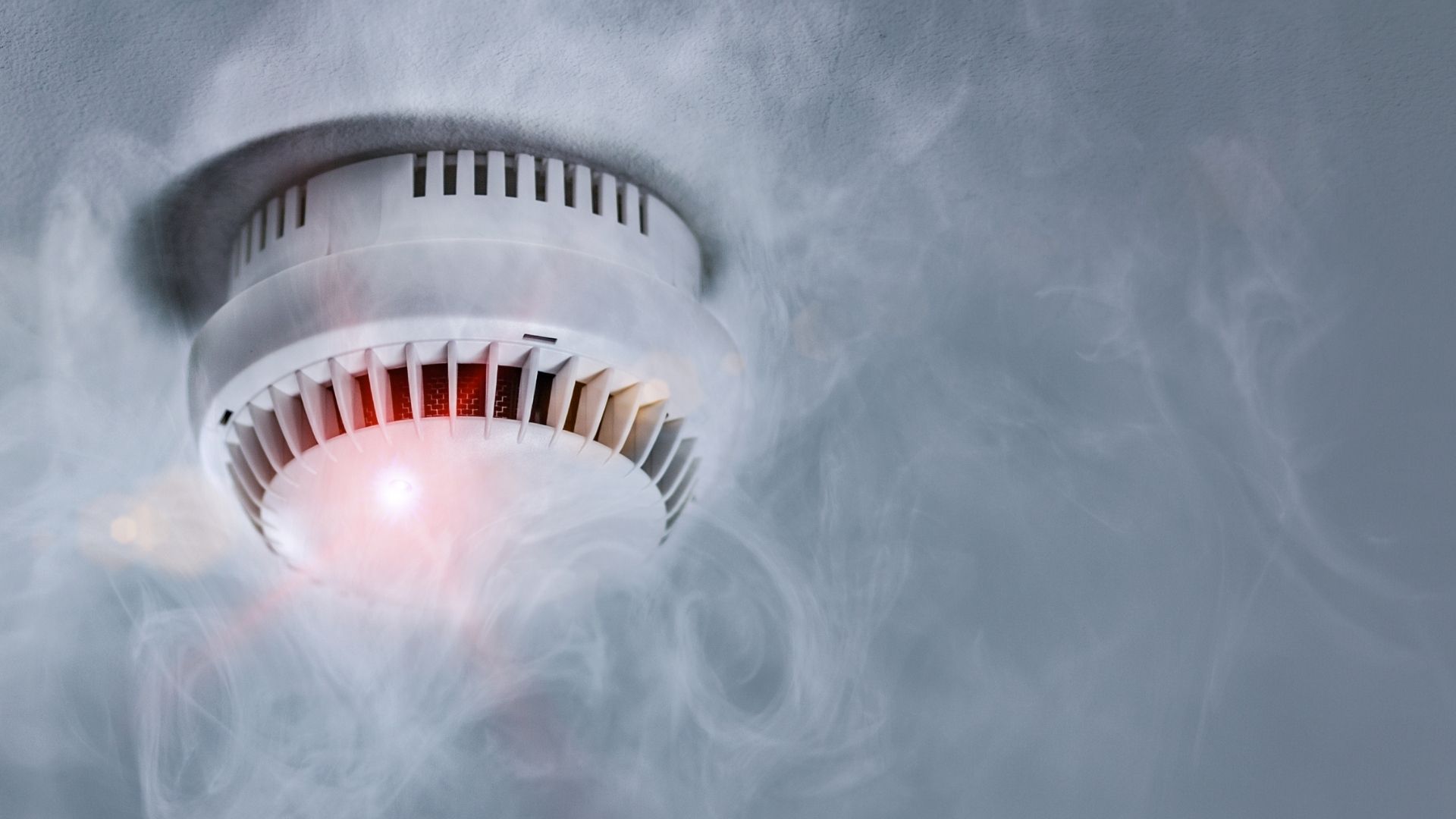
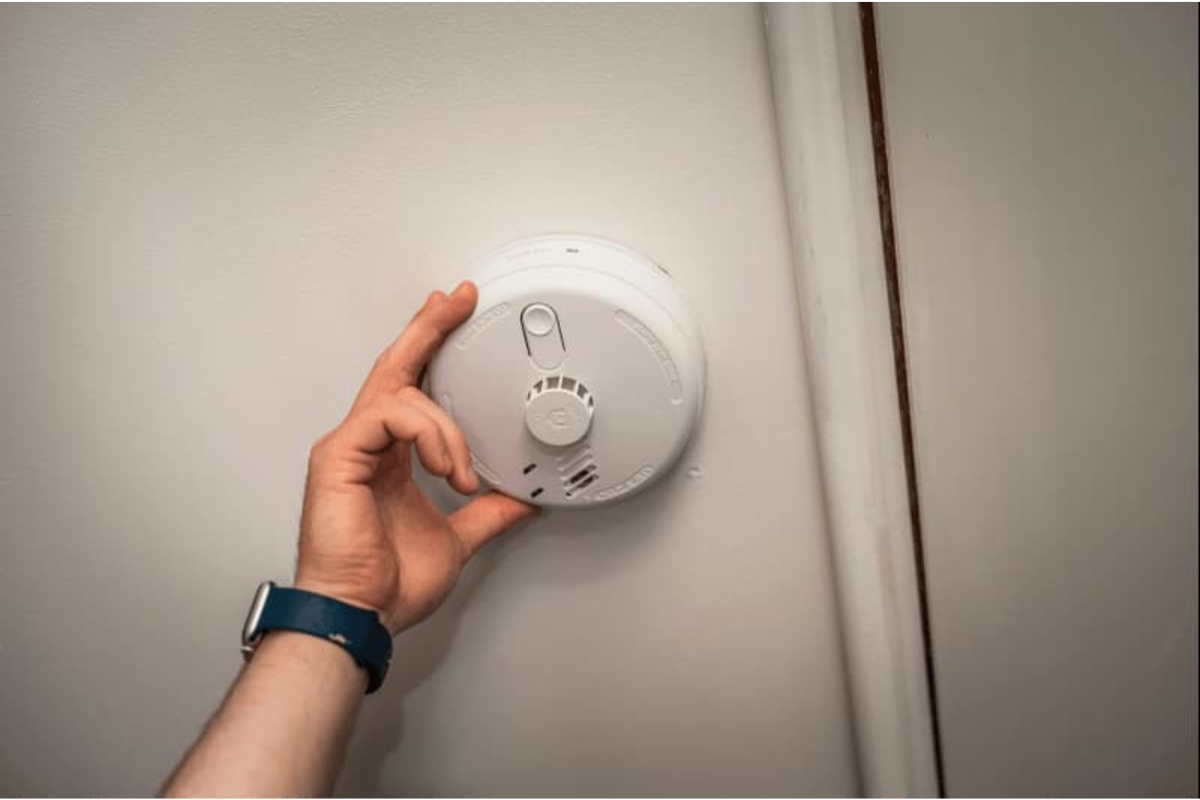
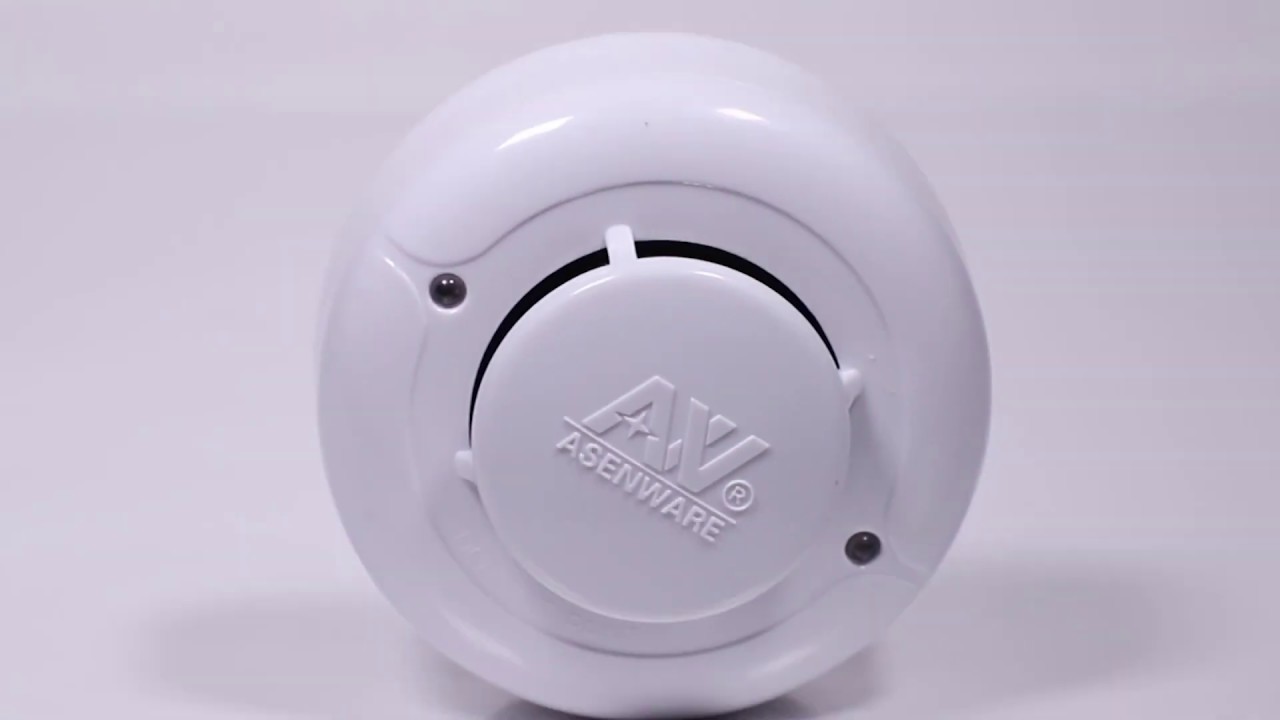
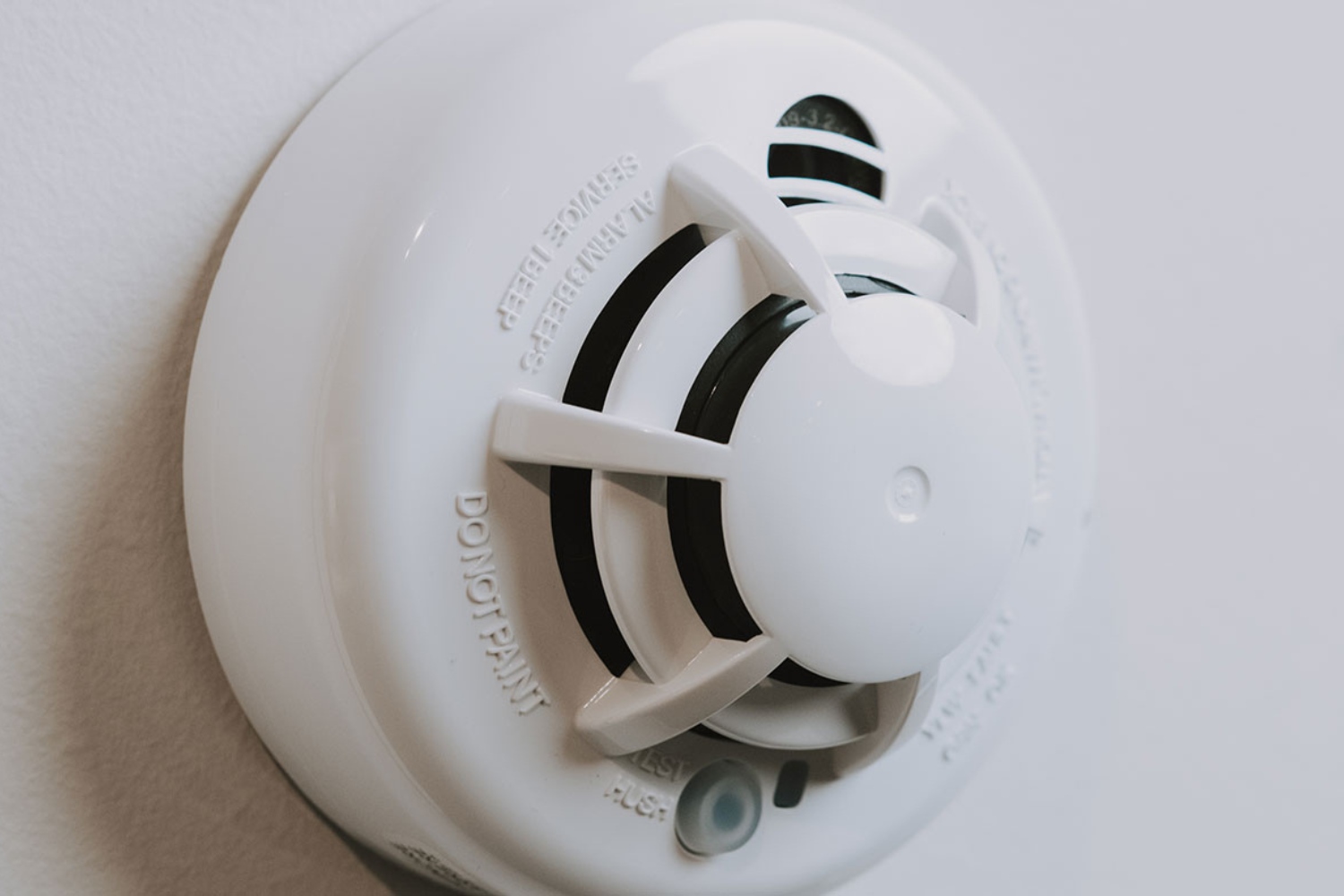


0 thoughts on “What Is An Ionization Smoke Detector?”